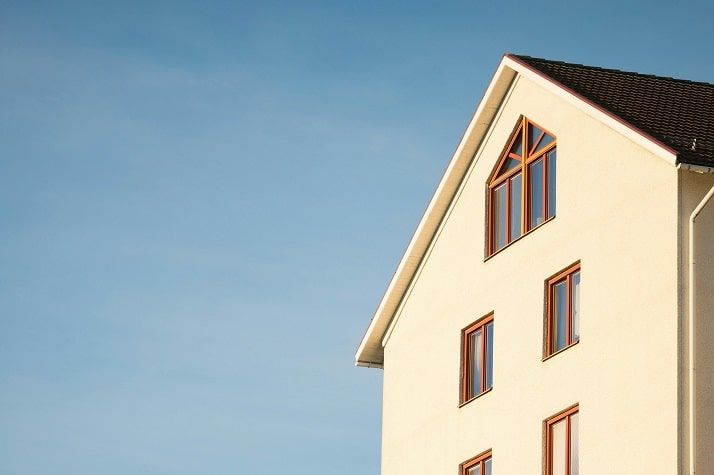In today’s fast-paced world, many professionals and businesses face the challenge of working in...
Fresh Topics
How Licensed Electricians Handle Outdoor Electrical Installations and Repairs
Outdoor electrical installations and repairs require specific knowledge and skills due to the...
Popular
Property Management Innovations: Exploring Trends and Future Insights
In the rapidly evolving property management industry, staying ahead requires embracing property management innovation. Discover how property management innovation is reshaping the real estate industry with cutting-edge trends...











































